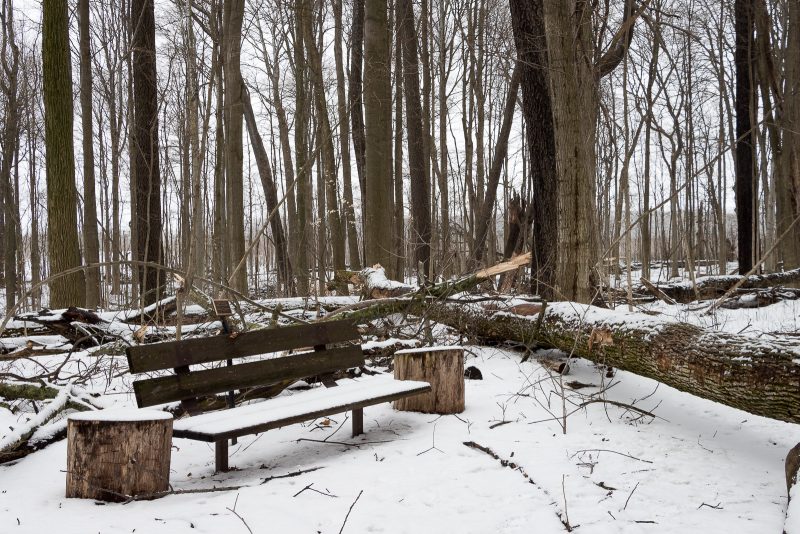White.
Birch bark is white. The contrast with the landscape not yet green and no longer white is stark. This was taken in early April 2017 in Helsinki, from the park behind the congress and event venue Finlandia Hall towards the Linnunlaulu cliffs.
As a bonus picture (taken mid-November 2017), another birch, in a less bright shade of white and one corner of Finlandia Hall (completed 1971), designed by the architect Alvar Aalto (1898–1976), who is still, over 40 years after his death held in a very high regard about the aesthetics of his work.
However his acoustics design and construction technical choices have been criticised. The façade of Finlandia Hall is made of white Carrara marble from Italy. The marble plates will bend with time because of the climate and they have to be replaced every 20–30 years. They’ve been replaced once so far, in 1998–1999.
Click for full size!
© Ice Swimmer, all rights reserved.






















